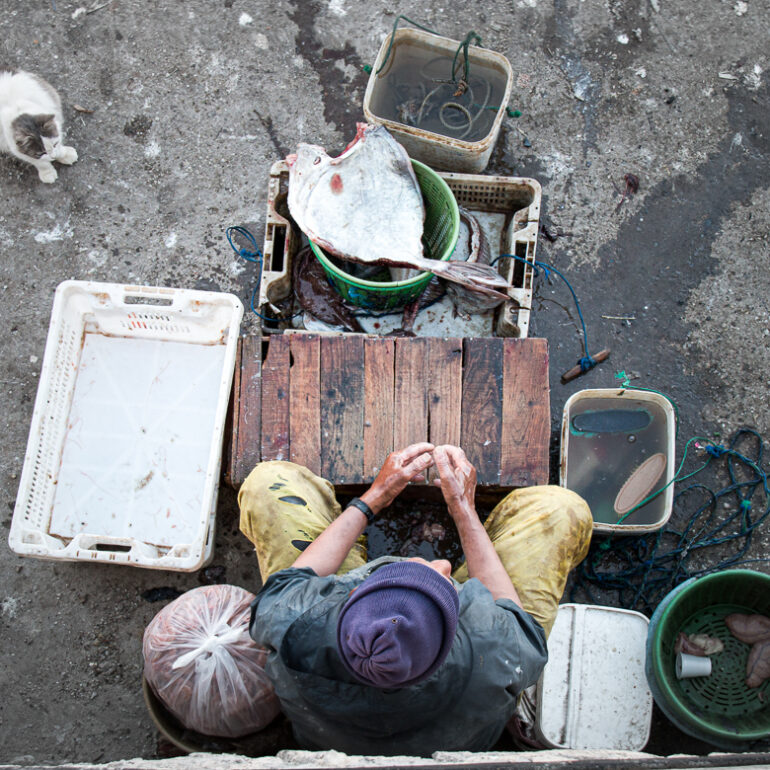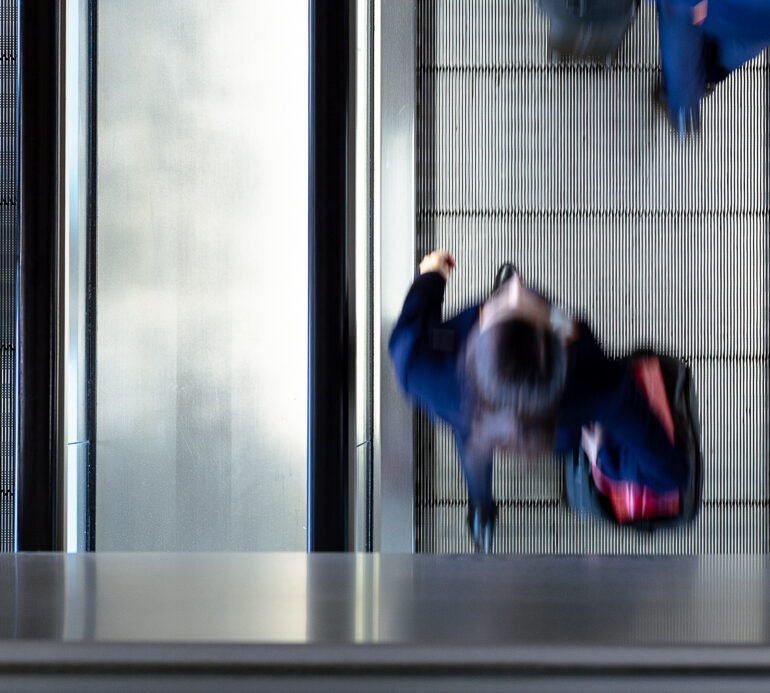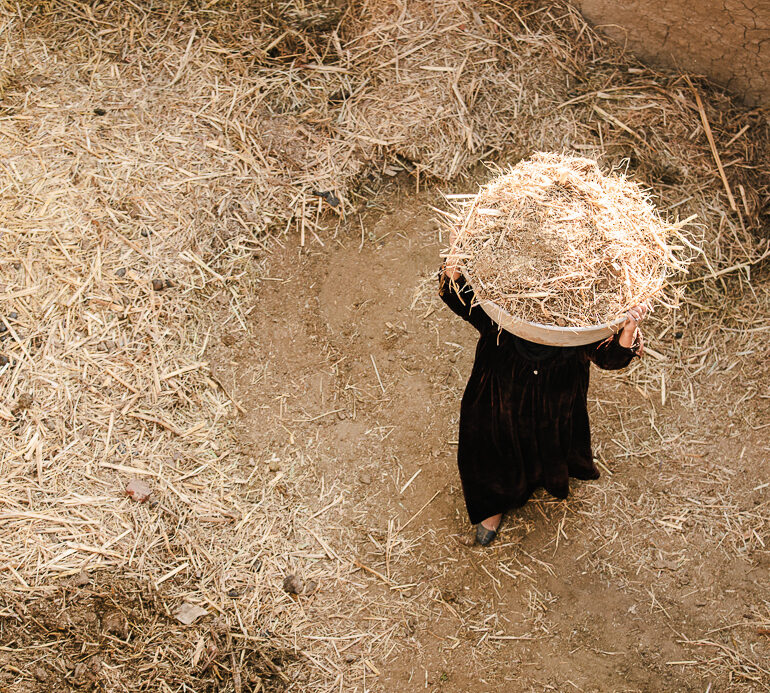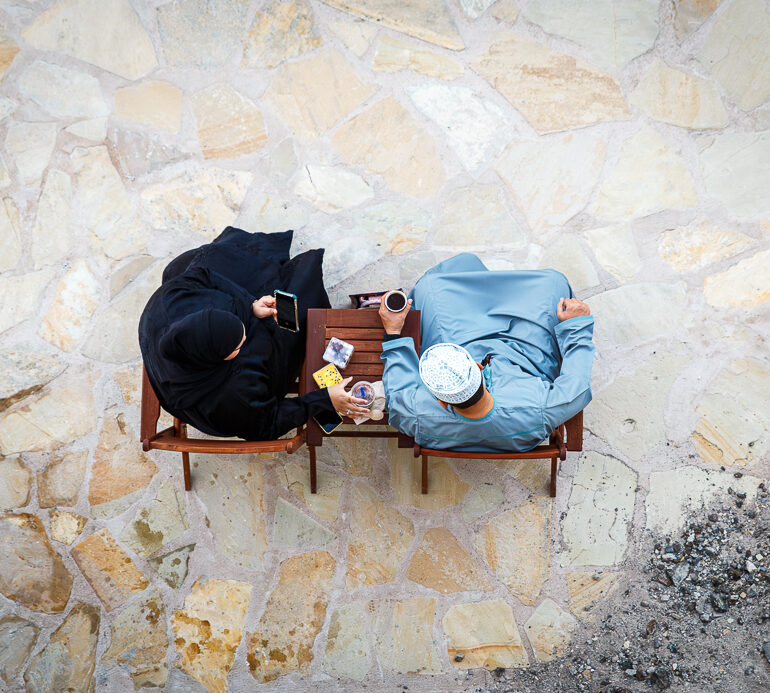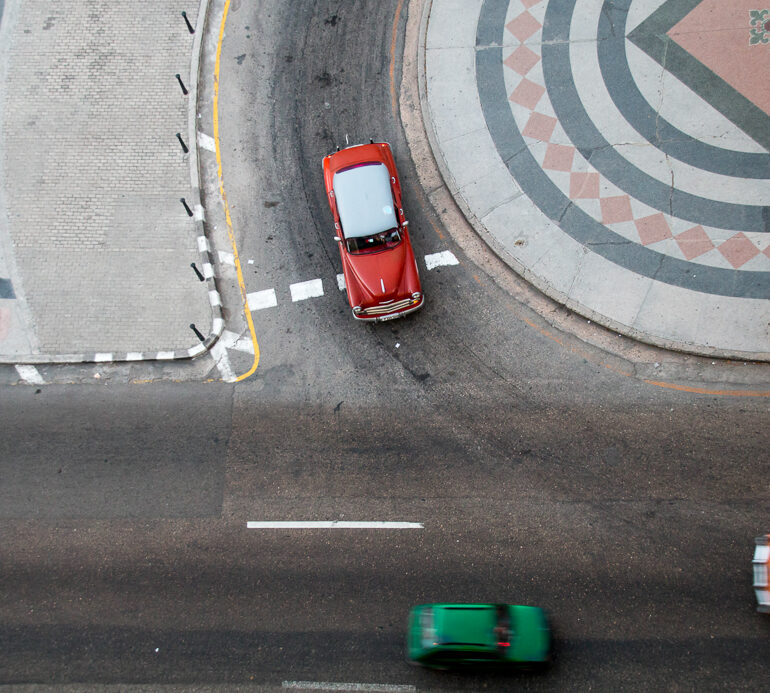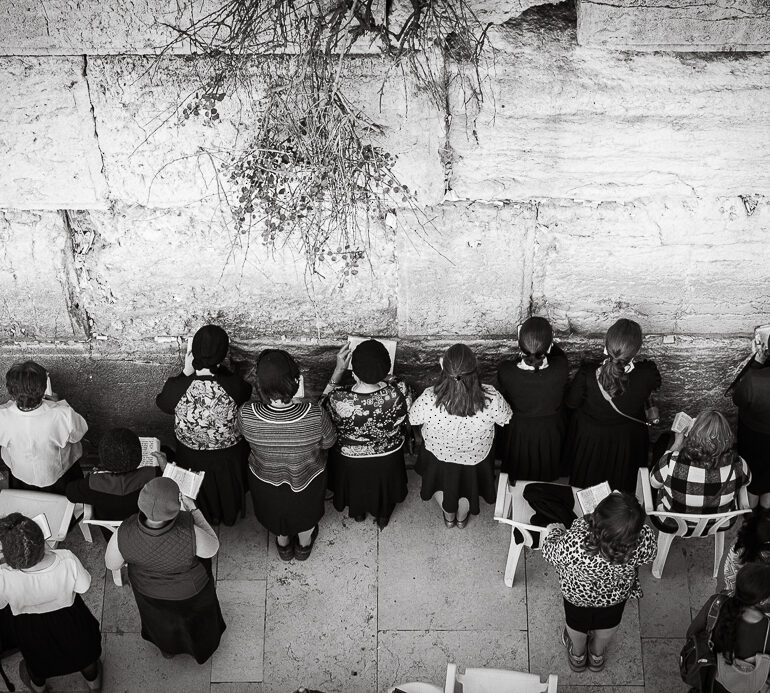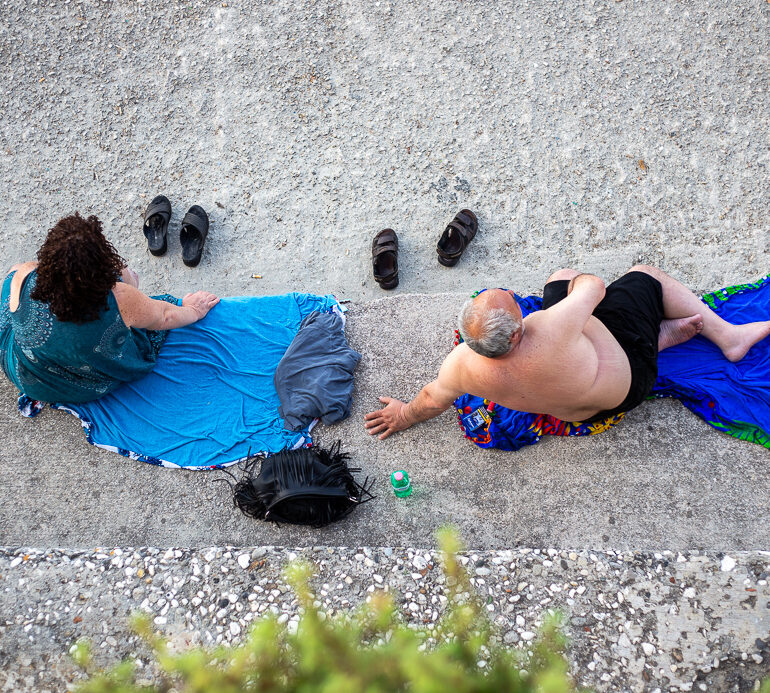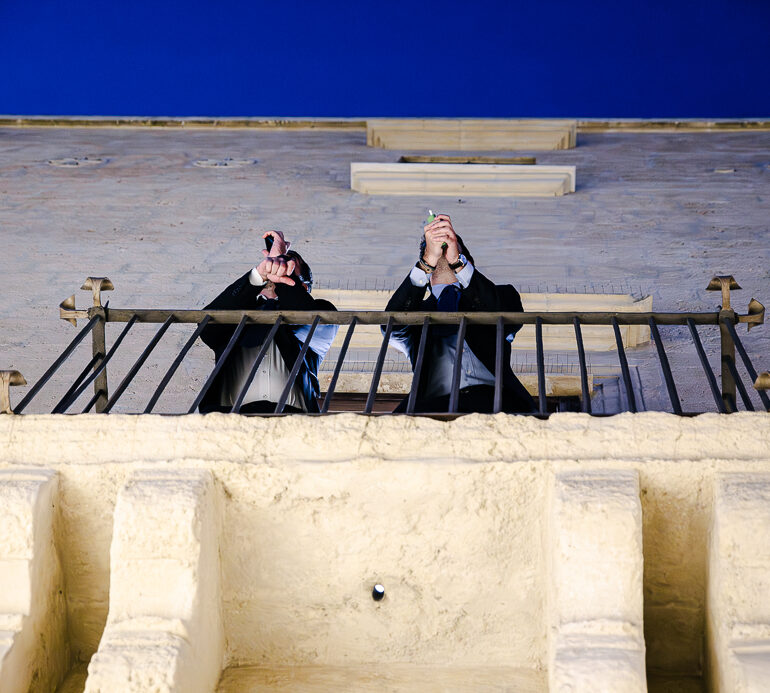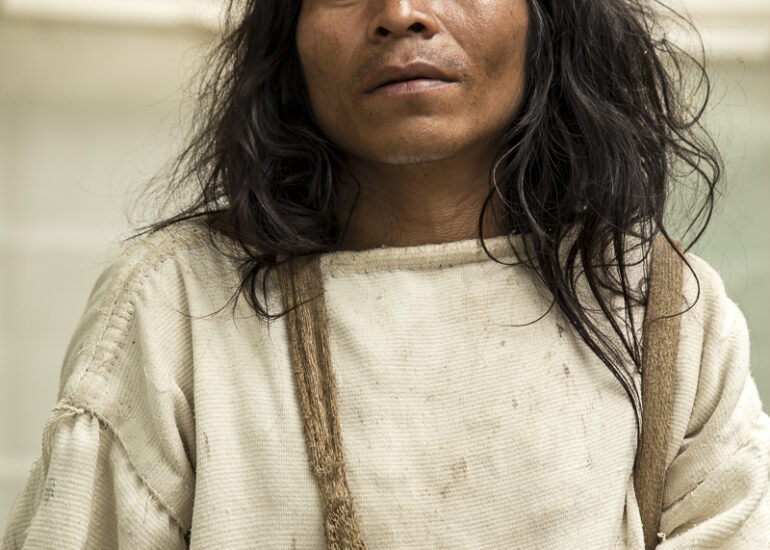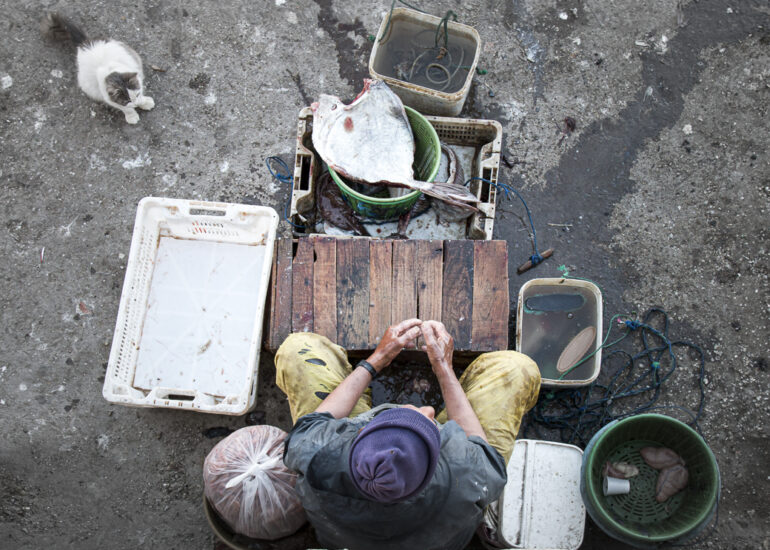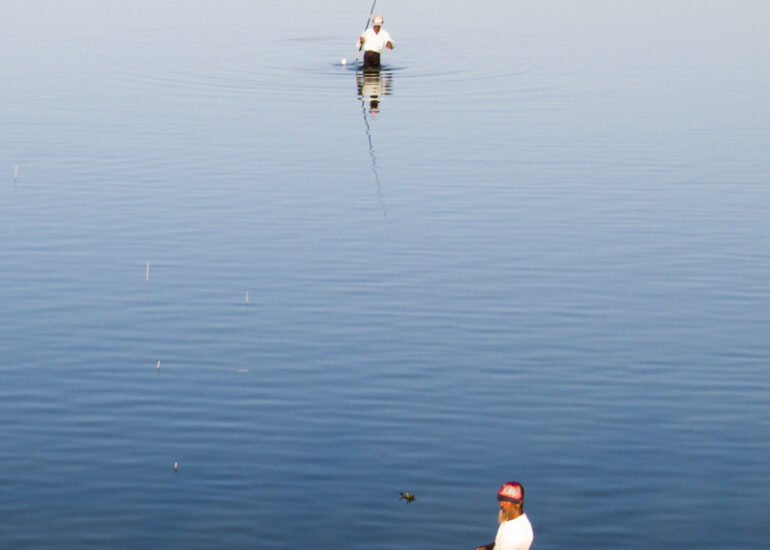About this essay
The horizon. A line often invisible, yet a line that anchors us — a silent point of reference, circling us in 360 degrees. And in doing so, it quietly shapes our perception of the world.
When you think about it, evolution has made us upright creatures. And it has also positioned our heads — and more importantly, our eyes — to face outward, horizontally, perpendicular to the axis of our bodies. As a result, our way of perceiving the world is deeply conditioned by this physical structure, fixed at roughly 1.70 meters above the ground.
If I’m so drawn to paragliding, it’s not only for the unique sensation of freedom that a solo flight offers, but also for the shift in perspective that comes with gaining altitude.
It’s a perspective that lets me step back from familiar surroundings, inviting a different way of reading the world — one that feels at once distant and newly alive.
In photography as well, I’ve always found top-down or low-angle shots far more compelling.
Because while it’s easy to grasp that verticality alters our geometric reading of space, what’s less obvious — and far more profound — is how these angles also unsettle our impressions, our emotions, our sense of presence. The world seen from above is not the same. Silhouettes vanish. Bodies become shapes. Paths become lines. Details dissolve into abstraction. Reality flattens — yes — but in doing so, it reveals its inner balance, its quiet fragility, its hidden geometries.
And yet, this point of view can feel disorienting. Because it’s unfamiliar. Because it strips away something human. Because it shifts our relationship to living things, to scale, to the material fabric of the world. It creates a kind of unexpected vertigo — not the fear of falling, but the unease of seeing differently.
Here, I’ve gathered a selection of images taken over the years that speak to this subtle dislocation. Captured without drones or artifice, simply from reachable heights — the edge of a rooftop, a natural ledge, a mountain path. I sought these unusual angles not to look down at things and people, but to shift the gaze — because in that quiet rupture from our habitual viewpoint, something new emerges in how we relate to reality.
